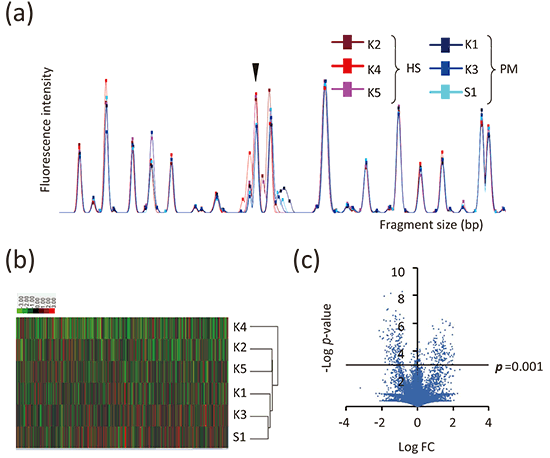- J-STAGE home
- /
- Journal of Reproduction and De ...
- /
- Volume 65 (2019) Issue 6
- /
- Article overview
-
Toshiki AIBA
Laboratory of Environmental Health Science, Center for Disease Biology and Integrative Medicine, Graduate School of Medicine, The University of Tokyo, Tokyo 113-8655, Japan Department of Radiation Effects Research, National Institutes for Quantum and Radiological Science and Technology, Chiba 263-8555, Japan
-
Toshiyuki SAITO
Department of Radiation Effects Research, National Institutes for Quantum and Radiological Science and Technology, Chiba 263-8555, Japan
-
Akiko HAYASHI
Department of Radiation Effects Research, National Institutes for Quantum and Radiological Science and Technology, Chiba 263-8555, Japan
-
Shinji SATO
Maze, Inc., Tokyo 193-0835, Japan
-
Harunobu YUNOKAWA
Maze, Inc., Tokyo 193-0835, Japan
-
Maki FUKAMI
Department of Molecular Endocrinology, National Research Institute for Child Health and Development, Tokyo 157-8535, Japan
-
Yutaro HAYASHI
Department of Pediatric Urology, Nagoya City University, Graduate School of Medical Sciences, Nagoya 467-8601, Japan
-
Kentaro MIZUNO
Department of Pediatric Urology, Nagoya City University, Graduate School of Medical Sciences, Nagoya 467-8601, Japan
-
Yuichi SATO
Department of Urology, Fukushima Medical University, School of Medicine, Fukushima 960-1295, Japan
-
Yoshiyuki KOJIMA
Department of Urology, Fukushima Medical University, School of Medicine, Fukushima 960-1295, Japan
-
Seiichiroh OHSAKO
Laboratory of Environmental Health Science, Center for Disease Biology and Integrative Medicine, Graduate School of Medicine, The University of Tokyo, Tokyo 113-8655, Japan
2019 Volume 65 Issue 6 Pages 491-497
- Published: 2019 Received: June 09, 2019 Released on J-STAGE: December 18, 2019 Accepted: August 08, 2019 Advance online publication: August 29, 2019 Revised: -
(compatible with EndNote, Reference Manager, ProCite, RefWorks)
(compatible with BibDesk, LaTeX)



